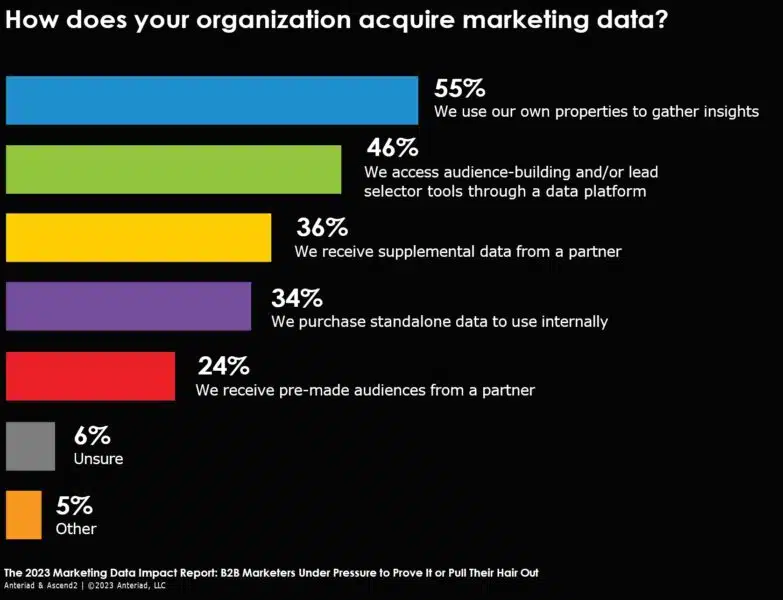There are now more reasons than ever for organizations to utilize cloud computing. For those that must support a remote or hybrid office, cloud platforms enable unparalleled access to data and applications. For those seeking to glean insight from big data, cloud infrastructure streamlines standardization and processing. Cloud platforms also empower high scalability, which is essential for startups and other businesses seeking to optimize their growth strategies.
Regardless of the type of business, its size or its strategy, cloud computing also allows for considerable cost savings, but keeping costs down requires diligence. Reports show that 94 percent of organizations believe they overspent on cloud resources in 2022. To achieve cloud cost optimization, organizations must seek a careful balance of economy and effectiveness.
Identifying the best cloud provider for your business needs
The first step toward ensuring the best service is to determine the organization’s unique needs. Once those are defined, the organization can move toward identifying a provider that can best support it and help it to achieve its business goals.
For example, Microsoft has three distinct clouds that allow it to support its clients across all of their technology needs and provide integrations across all Microsoft platforms. Microsoft also has a large network of partner organizations whose resources can integrate seamlessly with Microsoft services, making it an ideal provider for small and medium-sized enterprises. Amazon Web Services (AWS) is a cloud provider that is very active in onboarding startups and providing them with easy access to cloud services.
When working to identify the best provider, organizations should make sure they fully understand the services, tools and features that are available. Data storage is a service that any cloud will likely provide, but data analytics tools and application development options may not be options offered by all providers.
Organizations should also evaluate each potential provider’s reliability, security and compliance, taking the time necessary to research the company’s reputation, read reviews from previous clients, and check for unfavorable reports in news reports. They should also ask for information on uptime guarantees and security certifications.
Finally, organizations should make sure to gain an understanding of all costs when doing cost comparisons, as upfront costs may not tell the whole story. Long-term pricing structures—which can include data transfer fees, storage costs and additional charges for specialized services—also must be considered.
Tips for reducing cloud computing costs
Once organizations are using cloud services, there are a number of steps that can be taken to ensure that cloud costs are optimized. Auto-scaling and right-sizing are two practices that can be used by any business to keep cloud costs down. These allow businesses to automatically scale resources up or down based on demand, thus ensuring they only pay for what they use.
Implementing cost monitoring and budget alerts is another step that can be taken to avoid overspending. By predefining thresholds for things such as storage or data transfer, organizations can receive alerts when those thresholds are exceeding, giving them the opportunity to assess their cloud activity and make adjustments aimed at reducing costs.
Committed use contracts can also allow organizations to access discounted rates provided they are willing to lock into long-term contracts. This can be an effective option for organizations that have a good understanding of their current and projected future cloud service usage.
When seeking to reduce cloud costs, organizations should be careful to avoid decisions that could open doors to operational risks. Security is a prime example of an area that should not be compromised when cutting costs. Other areas include data backup and disaster recovery services, which ensure business continuity, and compliance management, which helps maintain adherence to industry regulations.
Leveraging under-utilized cloud services
Yet another way that organizations can optimize cloud costs is to take advantage of under-utilized cloud services. For example, many businesses still rely on traditional, costly development processes or assume that development is too expensive for them. However, low-code or no-code cloud services like Microsoft Power Platform provide capabilities that can help organizations to optimize cost, performance and scalability without worrying about development costs or maintenance.
Cloud providers also offer various artificial intelligence and machine learning tools that can help businesses automate tasks, analyze data and make data-driven decisions. Many companies have yet to fully explore these capabilities, which can assist in identifying and implementing cost-cutting options as well as supporting new initiatives that can result in increased revenues.
Overall, organizations should carefully evaluate the value of each cloud service they are using based on their specific requirements. If cloud services are mismanaged or misconfigured, cloud sprawl can occur, which results in organizations paying for redundant or unnecessary services. Paying only for technology that is being used and standardizing solutions that are owned is an effective way to cut cloud costs without cutting corners.
The post How To Cut Cloud Costs Without Cutting Corners appeared first on ChiefExecutive.net.























































![Social Media Spring Cleaning [Infographic] Social Media Spring Cleaning [Infographic]](https://imgproxy.divecdn.com/9e7sW3TubFHM00yvXe5zvvbhAVriJiGqS8xmVFLPC6s/g:ce/rs:fit:770:435/Z3M6Ly9kaXZlc2l0ZS1zdG9yYWdlL2RpdmVpbWFnZS9zb2NpYWxfc3ByaW5nX2NsZWFuaW5nMi5wbmc=.webp)
![5 Ways to Improve Your LinkedIn Marketing Efforts in 2025 [Infographic] 5 Ways to Improve Your LinkedIn Marketing Efforts in 2025 [Infographic]](https://imgproxy.divecdn.com/Hv-m77iIkXSAtB3IEwA3XAuouMwkZApIeDGDnLy5Yhs/g:ce/rs:fit:770:435/Z3M6Ly9kaXZlc2l0ZS1zdG9yYWdlL2RpdmVpbWFnZS9saW5rZWRpbl9zdHJhdGVneV9pbmZvMi5wbmc=.webp)















